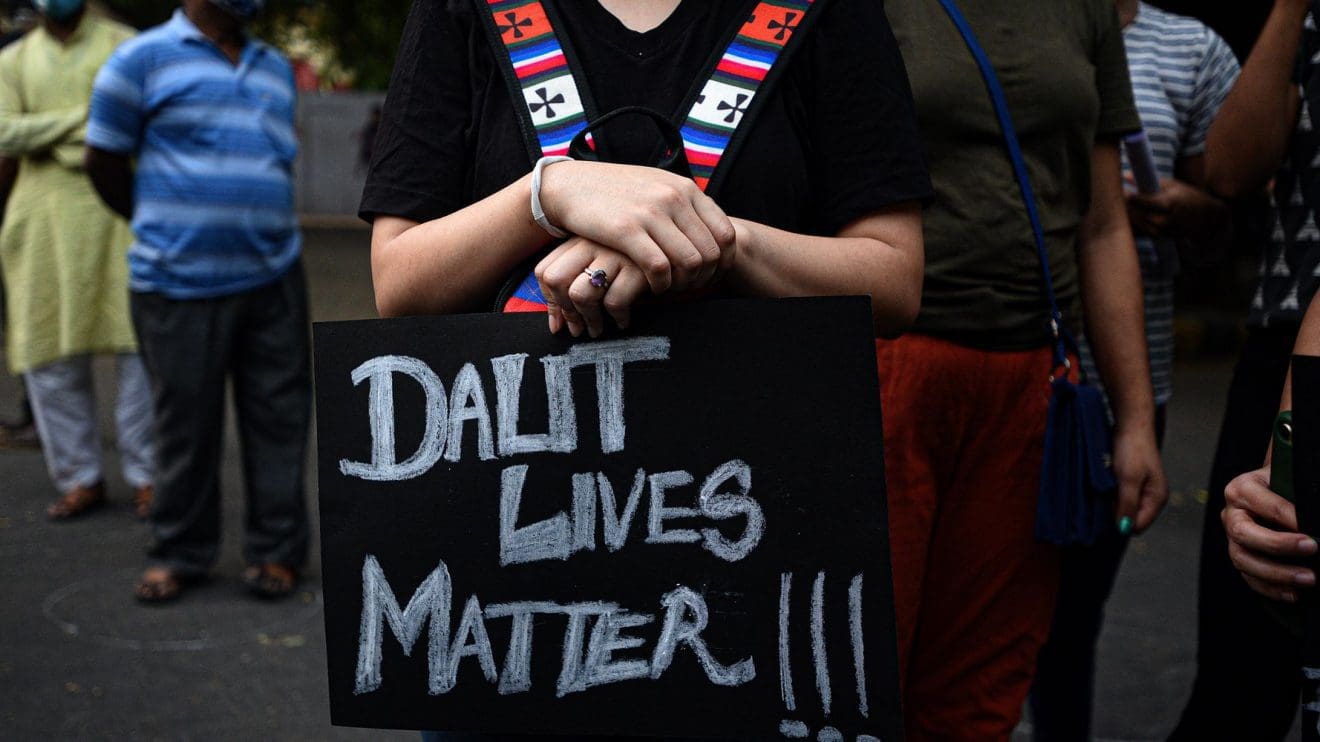
By Anchal Soni
On January 17, 2016, a PhD candidate and a Dalit student of Central Hyderabad University died by suicide following his suspension from the University on account of a “complaint” by Akhil Bhartiya Vidyarthi Parishad. His name was Rohith Vemula. This suicide shook the Indian academia and the status quo with a note that repeated, “My birth was my fatal accident”
Student communities across the nation shook in protest against the systematic repression of Dalit, Adivasi and Bahujan in educational institutions. Eight years after this incident, the data from Business Standard reports a surge in suicide cases by 4 per cent annually, while the data on suicides of students from marginalised communities remain gravely underreported.
Exclusionary caste-based discrimination in Institutes
Prema Sridevi in her fieldwork on caste-based discrimination in India’s top institutes notes that the debate of so-called meritocracy often paves the way into the discourse of reservation and inclusivity with a claim of “dilution of their cherished standards.” The toll on the mental health of the students starts at the very introduction, where caste markers like language proficiency and unreserved category ranks label them as “preppies” at institutes like IITs. The discrimination goes on to shape a distinct lived experience for the marginalised where the savarna discourse dictates the forefront.
This story was originally published in feminisminindia.com. Read the full story here.
